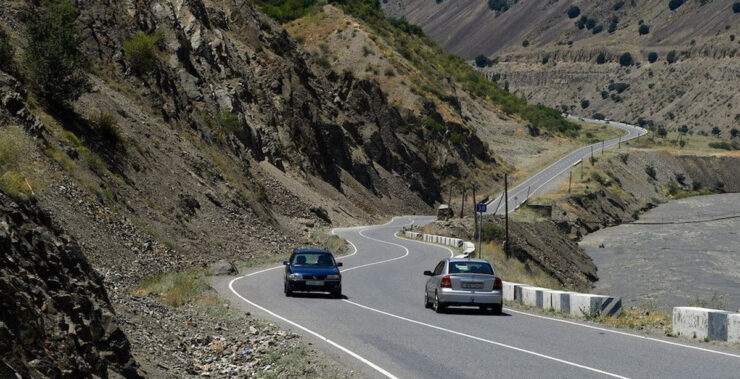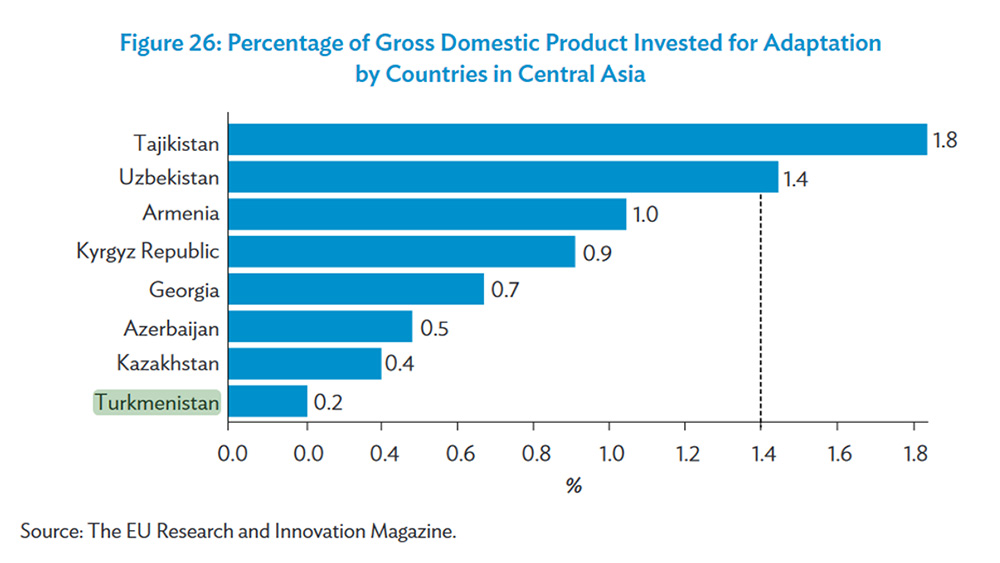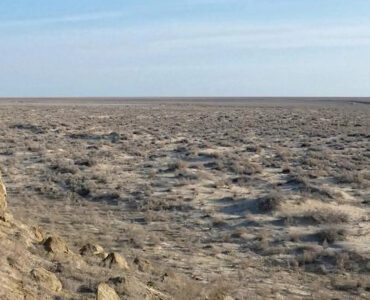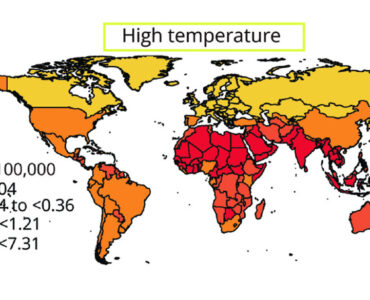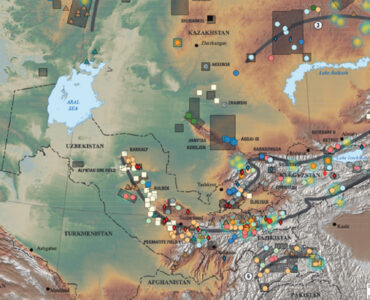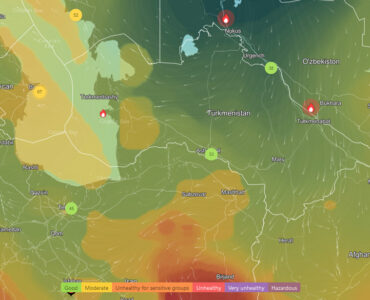The Asian Development Bank (ADB) published an article recommending Four Ways to Adapt Roads in Central Asia to Climate Change. The average temperature in Central Asia is likely to increase between 2°C and 5.7°C by the end of the century. Roads in heavily landlocked Central Asia are more prone to damage with more frequent extreme weather events.Governments must invest in climate adaptation to strengthen existing infrastructure transportation and ensure safe networks to connect people and economic activities.
Reported average annual temperature increases since the 1950s vary widely – for example, from 0.3°C to 1.2°C in Tajikistan, and from 1.1°C to 2.4°C in Turkmenistan and Uzbekistan.
ADB calls upon the regional governments, including the government of Turkmenistan to strengthen existing transportation infrastructure and ensure safe networks to connect people and economic activities.
The Bank recommends the following four ways to make roads in Turkmenistan climate resilient.
- Stabilize the soil under roads to protect from flooding – flooding softens the foundational materials of roads such as gravel, sand, silt, and clay. Droughts shrink and crack these materials while re-wetting allows them to expand, making it difficult for the soil to resist the stress exerted by vehicle traffic. Stabilizing the soil can increase stiffness and prevent permanent deformation, which are particularly important in rural areas where roads tend to be unpaved or lightly paved. Soil stabilization simply requires blending the foundational materials with a specific binder that is applied on the soil surface during construction. In addition, periodically cleaning and preventing blockages or damages in the drainage system can also help minimize the impacts of flooding.
- Reinforce slopes against soil erosion – intense rain can also erode large masses of soil from embankments and slopes. This can be mitigated by soil nailing – using steel bars to strengthen the soil, and installing gabions – steel cages filled with rocks and placed at the bottom of the slope to stabilize it. Another low-cost solution is to plant trees and vegetation. However, they have limited ability to control erosion and stabilize slopes and thus should be used in combination with gabions.
- Use modified bitumen to protect roads from extreme heat – long, dry summers and irregularly cold winters are common in Turkmenistan. In the desert the temperature reaches 45°C during summer and drops to -25°C in winter. Extreme hot-cold temperatures can deteriorate roads. Roads are made with asphalt concrete containing bitumen which softens in the heat and stiffens in the cold. Modifying bitumen can boost the flexibility of asphalt during the summer-winter cycle. Modified bitumen is developed by manufacturers and it can be added during the production of asphalt concrete.
- Install barriers to protect against avalanches and rock falls – to contain eroding snow, debris, avalanches or failing rocks the slopes can be stabilized with barriers made of steel or wood. Also, attenuators – flexible fence system, canopies – steel net, or drapes – steel wire nets can be installed to control the rockfalls.

